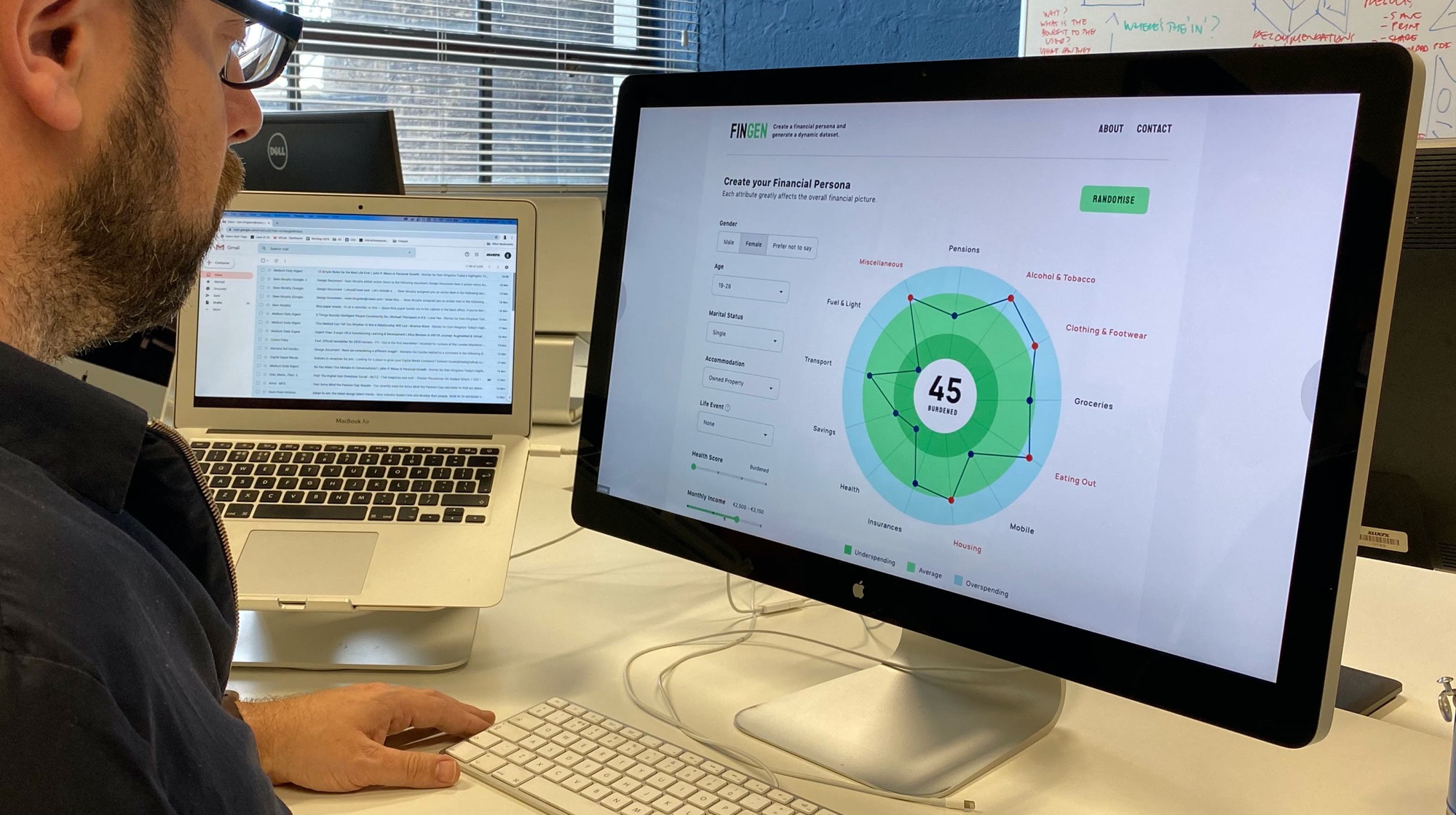While the goal and activities of the sprint will remain the same when conducted remotely, the delivery and facilitation needs to pivot to account for a virtual setting. For example, the sprint activity known as “Ask The Experts” is where experts in the company share their knowledge about the vision, customer research, how things work, and previous efforts. This is a useful activity to explore some of the techniques that have worked for us while facilitating remote sprints.

The key consideration for any activity is to ensure participants are engaged throughout. While the experts on the team take 5 minutes each to share their perspective on the sprint goal during the “Ask the Experts” session, the rest of the team create “How Might We…?” notes to brainstorm challenges that they will bring to the team.
To avoid the visual distraction of multiple notes being added to the team board at the same time, we ask participants to use their individual boards for private note taking.
Our Facilitator invites each participant to copy and paste their notes into the team board, reading them out as they go, ensuring full participation. Notes are then collaboratively arranged into themes by the entire group.
In this and all activities, we find the Facilitator’s role critical to success and leverage some of the key features of Mural to help. Time creep is reduced using the built-in timer; boards are fully interactive and collaborative for maximum participation; the voting feature speeds up the decision-making process; and the summon feature allows the Facilitator to force the focus of the team at any time.
We find that the great advantage of undertaking remote sprint activities in this way is that all work is created and recorded digitally – consider the valuable time saved by not having to collate physical “How Might We…?” sticky notes! It helps the team and the process to move quickly and easily, from Ideation through to Production.



